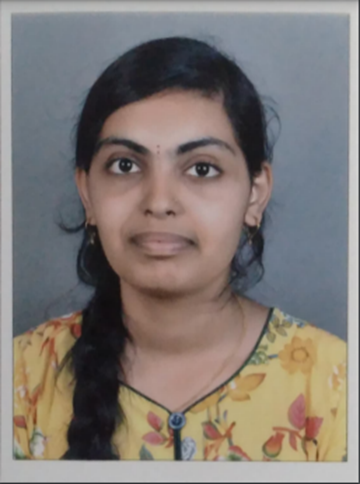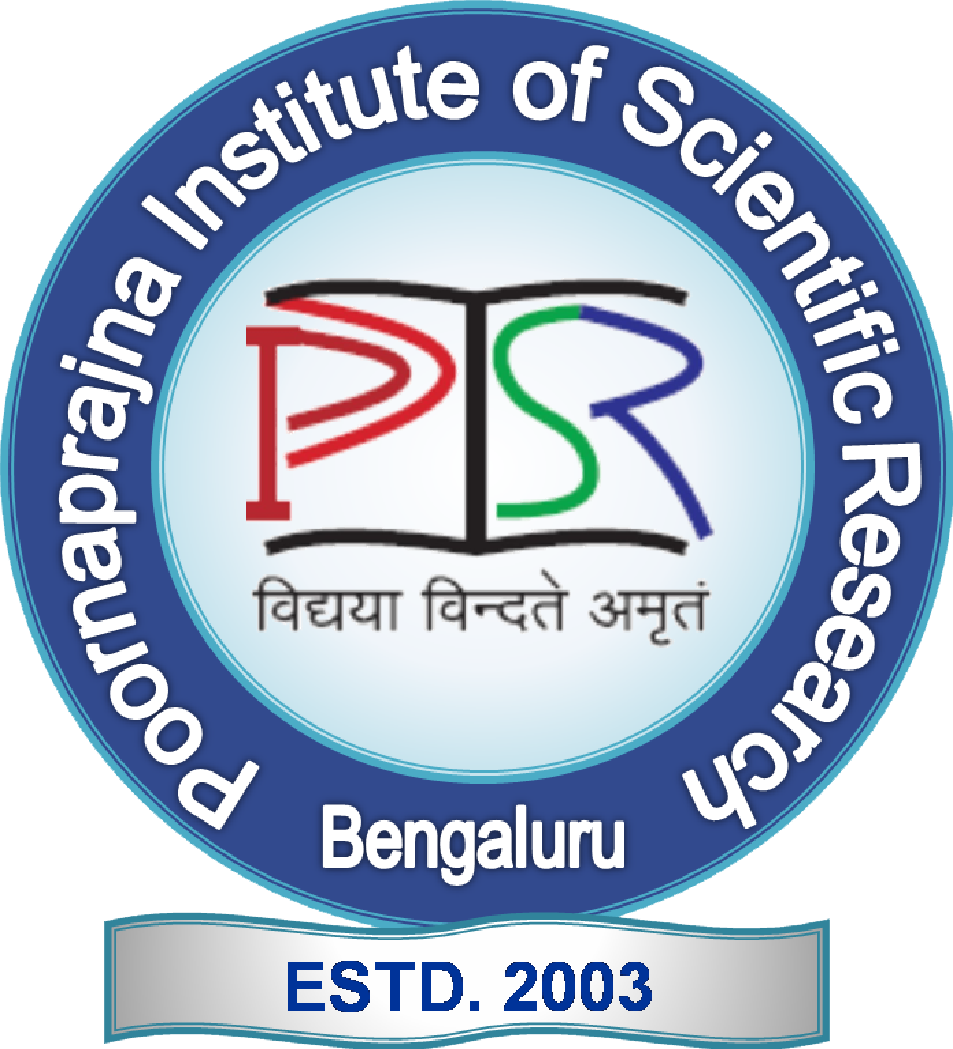
RESEARCH INTERESTS:
1. Facet engineered nanocrystals
In general, well-defined single crystal surfaces are model systems which known to exhibit surface- sensitive catalytic, electrocatalytic and photocatalytic properties and efforts are therefore made to translate the findings to bulk nanomaterials of practical importance. SHAPECAT is aiming at design and synthesis aspects of nanocrystals of different shapes of various metals (Pd, Pt, Ag, Au, Cu) and semiconductors (TiO 2 , BiVO 4 ) of high selectivity in size, shape and composition. Further, the reagents used for the synthesis of size- and shape-controlled nanoparticles adsorb strongly on the surface and they adversely impact the surface properties. In this regard, surfactant removal from the shape-controlled nanoparticles is inevitable to study catalytic and electrocatalytic reactions. SHAPECAT is addressing on how to clean the nanoparticle surfaces by employing various methods such as solution phase methods, physical methods etc. In addition, SHAPECAT is interested in exploring the facet-engineered and well- integrated hybrid nanocrystals (Semiconductor (oxide based)/Metal) for catalytic and photocatalytic applications.
2. Design of thin film based reactors (possibly scalable) for solar fuels and chemicals synthesis
For instance, H2 production from the particulate form of photocatalyst is hindered by several limitations; (a) decrease the efficiency to half when increase the loading to double due to inadequate material exposure to light, (b) prevalent light scattering rather than light absorption and therefore decrease in charge generation, (c) material disintegration due to mechanical forces which are persistent from the stirring, and (d) heavy material and infrastructure requirements which further increase the cost of hydrogen production. These issues can be successfully circumvented by taking the powder form of catalyst into thin film over a ordinary substrate. This approach is the inspiration from a leaf where all the components interconnected towards never ending photosynthesis process. In contrast to solar cell where electrons are needed to travel several microns distance to reach the contact, thin film photocatalysis provide the charge carriers locally and instantaneously utilize the charge carriers and complete the reaction that led to efficient hydrogen production. Not only aiming at the design of novel materials, SHAPECAT will be exploring on the design possibilities of reactor with features of efficient and cost viable manner for synthesis of valuable chemicals (methanol, ammonia, ethanol) and fuels (H2) using inexhaustible resources (Water, CO2, N2, CH4 and sunlight).
The key focus of our research group “SHAPECAT” is to unravel the structure-property relationships at nanoscale level towards catalytic, electrocatalytic and photo/electrocatalytic (PC/PEC) applications.
-
N. Naresh, K. K. Patra, and C. S. Gopinath, Photocatalyst Thinfilms: A potential, realistic, scalable and sustainable approach for green H 2 generation, ISRAPS Bulletin, (2023) 34, 1-8.
-
N. B. Mhamane, S. V. Panchal, S. K Kolekar, R. Ranjan, K. Salgaonkar, A. S Burange, N. Naresh, S. Datar and C. S Gopinath, Physical Chemistry Chemical Physics (2023) 25, 22040-22053.
-
K. Salgaonkar, H. Bajpai, N. B Mhamane, N. Naresh, I. Chauhan, K. Thakkar, K. Joshi, C. S. Gopinath, Journal of Materials Chemistry A (2023) 11, 15168-15182.
-
K. Alexander, G. Manoj, K. Esko, E. Calley, J. Rosemary, N. Naresh, C. S. Gopinath, and U. Samuli, Journal of Synchrotron Radiation (2023) 30, 1-7.
-
K. N. Salgaonkar, S. R. Kale, N. Naresh, S. Mansuri and C.S. Gopinath, Chemistry: AnAsian Journal (2023) 8, 1-10.
-
N. Naresh, K. N. Salgaonkar, I. Chouhan, M. Siva Prasad and C.S. Gopinath. Aqueous Methanol to Formaldehyde and Hydrogen on Pd/TiO 2 by Photocatalysis in Direct Sunlight : Structure Dependent Activity of Nano-Pd and Atomic Pt-Coated Counterparts, ACS Applied Energy Materials (2021) 4, 13347-13360.
-
T. Bijoy*, N. Naresh*, K. P. Reddy, S. Pranjal and C. S. Gopinath. Rationally Designed, Efficient, and Earth-Abundant Ni–Fe Cocatalysts for Solar Hydrogen Generation, ACS Sustainable Chemistry and Engineering (2021) 9, 13915-13925. (*equal authorship)
-
C.S. Gopinath and N. Naresh. Scalable and thin film approach for solar hydrogen generation: a review on enhanced photocatalytic water splitting, Journal of Materials Chemistry A (2021) 9, 1353-1371.
-
Bijoy Tudu*, N. Naresh*, Pranjal Saikia,and Chinnakonda S. Gopinath. Cu-Ni Bimetal Integrated TiO 2 Thin Film for Enhanced Solar Hydrogen Generation, RRL Solar (2020) 4, 1900557 (1-10).
-
T. Bijoy, N. Naresh, K. P. Reddy, S. Pranjal and C. S. Gopinath. Electronic integration and thin film aspects of Au−Pd/rGO/TiO 2 for improved solar hydrogen generation, ACS Applied Materials & Interfaces (2019) 11, 32869-32878.
-
C. S. Gopinath and N. Naresh. A photocatalyst device for hydrogen generation and partial oxidation of alcohols in direct sunlight, Patent published (US Patent: US2022/0048018A1).
-
N. Naresh, K. K. Patra, P. A. Bharad and C. S. Gopinath. Why Thin Film Photocatalyst is Better than Particulate Form for Direct Solar to Hydrogen Conversion: A Poor Man’s Approach, RSC Advances (2019) 9, 6094-6100.
-
N. Naresh, C. Arup, B. Bera, and M. Neergat. Chloride (Cl - ) ion- mediated shape-control of palladium nanoparticles, Nanotechnology (2016) 27, 065603 (12 pages).
-
N. Naresh, F. G. S. Wasim, B. P. Ladewig and M. Neergat. Sodium borohydride treatment: a simple and effective process for the removal of stabilizer and capping agents from shapecontrolled palladium nanoparticles, Chemical Com munications (2014) 50, 9365–9368.
-
R. Devivaraprasad, R. Rahul, N. Naresh, T. Kar, R. K. Singh, and M. Neergat. Oxygen Reduction Reaction and Peroxide Generation on Shape-controlled and Polycrystalline Platinum Nanoparticles in Acidic and Alkaline Electrolytes, Langmuir (2014) 30, 8995–9006.
-
N. Naresh, F. G. S. Wasim, B. P. Ladewig and M. Neergat. Removal of surfactant and capping agent from Pd nanocubes (NCs) using tert- butylamine: its effect on electrochemical charecterstics, Journal of Materials Chemistry A (2013) 1, 8553-8559.
SPONSORED PROJECTS
- Design and development of UV-visible light active rooftop photocatalyst panels for green H2
generation and value added chemicals from sunlight harvesting
Role: Principle Investigator
Budget: INR ~32 Laks (SERB-Startup Research Grant (SRG))
Duration: 24 months (2023-2025)
Status: On going - Unravelling the cumulative effect between metal (Pd, Pt, Au, Ag, and Cu) and semiconductor (TiO2) facets for photocatalytic hydrogen production.
Role: Principle investigator
Budget: INR 31, 20, 000/-
Duration: 36 months
Status: Under progress. - Unravelling the cumulative effect between semiconductor facet and metal facet for photocatalysis of water oxidation: the case of WO3–M (M=Pt, Pd, and Au) hybrid system.
Role: Principle investigator
Budget: INR 19, 20, 000/-
Duration: 24 months
Status: Completed.
- 2022-Present: Assistant Professor, Materials Science and Catalysis, PPISR, Bangalore, India.
- 2020-2022: Pool Scientist, Catalysis and Inorganic Chemistry Division, CSIR-National Chemical Laboratory Pune, India.
- 2019-2020: Project Scientist, Catalysis and Inorganic Chemistry Division, CSIR-National Chemical Laboratory Pune, India.
- 2017-2019: National Postdoctoral Fellow, Catalysis and Inorganic Chemistry Division, CSIR-National Chemical Laboratory Pune, India.
- 2016-2017: Research Associate, Catalysis and Inorganic Chemistry Division, CSIR-National Chemical Laboratory Pune, India.
- 2015-2016: Research Associate, Department of Energy Science and Engineering, Indian Institute of Technology Bombay, Mumbai, India.
- 2010-2015: Doctoral Student at Department of Energy Science and Engineering, Indian Institute of Technology Bombay – Department of Chemical Engineering, Monash University Australia (IITB-Monash Research Academy).
- 2008-2010: M-Tech in Materials Science and Engineering, National Institute of Technology Tiruchirapalli, Tamilnadu, India.
- 2006-2008: GATE and CSIR student in Physics.
- 2004-2006: MSc in Physics, KGRL PG college affiliated to Andhra University, Andhrapradesh, India.
- Dr. Naresh received the prestigious Dr. Palle Ramarao Award-2020 from AP Science city, Andhrapradesh (AP), India.
- Dr. Naresh is recipient of the prestigious national level fellowships; National postdoctoral fellowship (NPDF; 2017-2019) from SERB, DST and senior research assosiateship (scientist pool scheme; 2020-2023) from CSIR.
- Dr. Naresh invited for a presentation at skill development program on Industrial Catalysis by CSIR-NCL Pune, India on March 6, 2020.
- Dr. Naresh is serving as a reviewer for prestigious international journals of high repute and high impact; ACS Industrial &Engineering Chemistry Research, Chemical Engineering Journal, iScience, Angew Chem International Edition, Catalysis Communications, Chemistry Select, ACS Applied Materials and Interfaces.
- Dr. Naresh is the Associate fellow of Andhra Pradesh Academy of Sciences (APAS), 2018.
Currently SHAPECAT is actively looking for motivated postgraduates and Ph. D. students.
| 1 |  |
Ms. Asha Devi K. S. Ph. D. Scholar (DST-INSPIRE Scholarship) MSc Physics (Mangalore University) Ph. D. topic: Nanomaterials for sensor and photocatalytic applications |
| 2 |  |
Ms. Meghana H K. Ph. D. Scholar MSc (Chemistry) from Central College, Bangalore Ph. D. topic: Biomass conversion to value added chemicals |
| 3 |  |
Mr. Manjunatha Reddy G Ph. D. Scholar M.Sc in Industrial chemistry - M S Ramaiah University of applied sciences, Bengaluru Ph. D. topic: Photocatalysis for hydrogen production and value-added chemicals. |
| 4 |  |
Mr. Sanjay G M Ph. D. Scholar MSc General Chemistry from Davanagere University Ph. D. topic: Photocatalysis for value-added chemicals |
